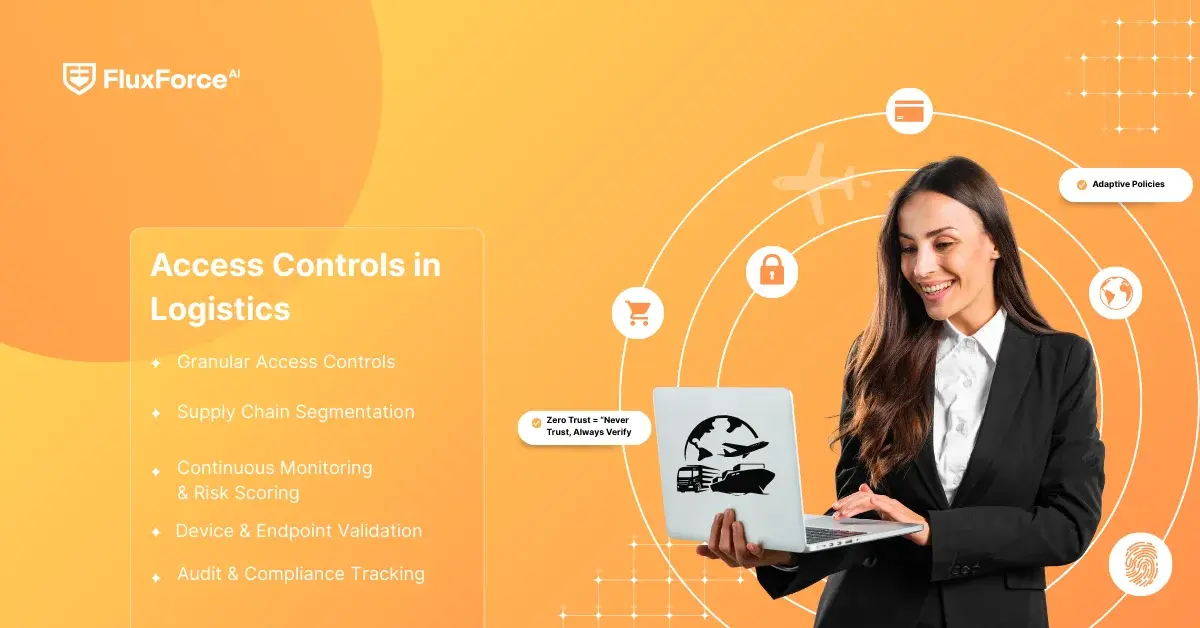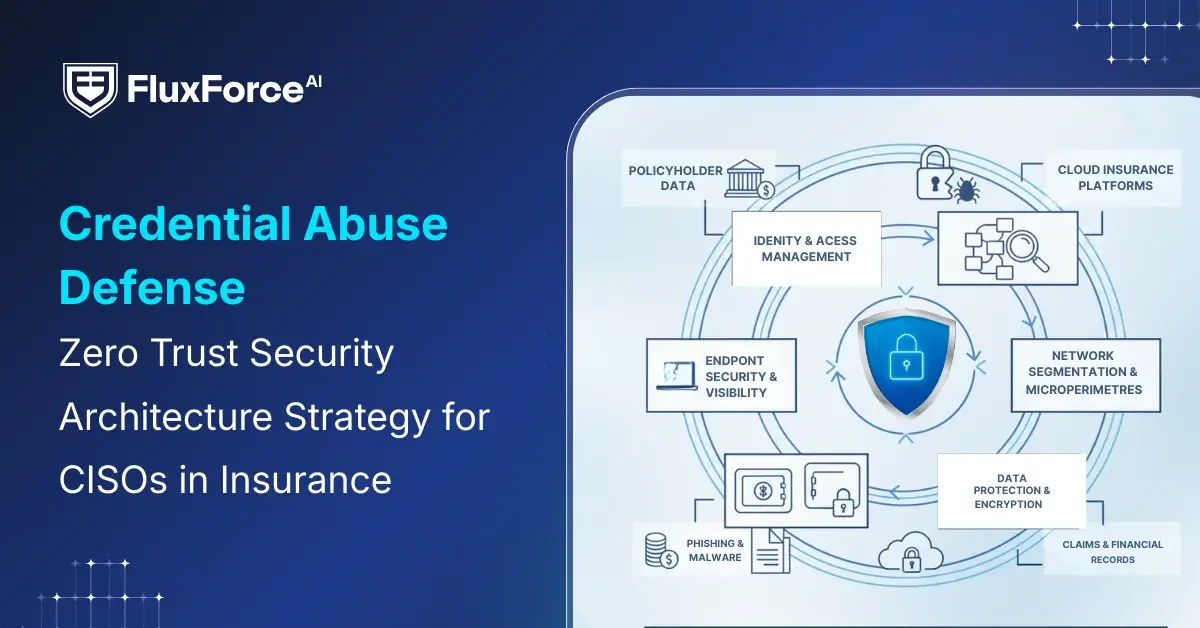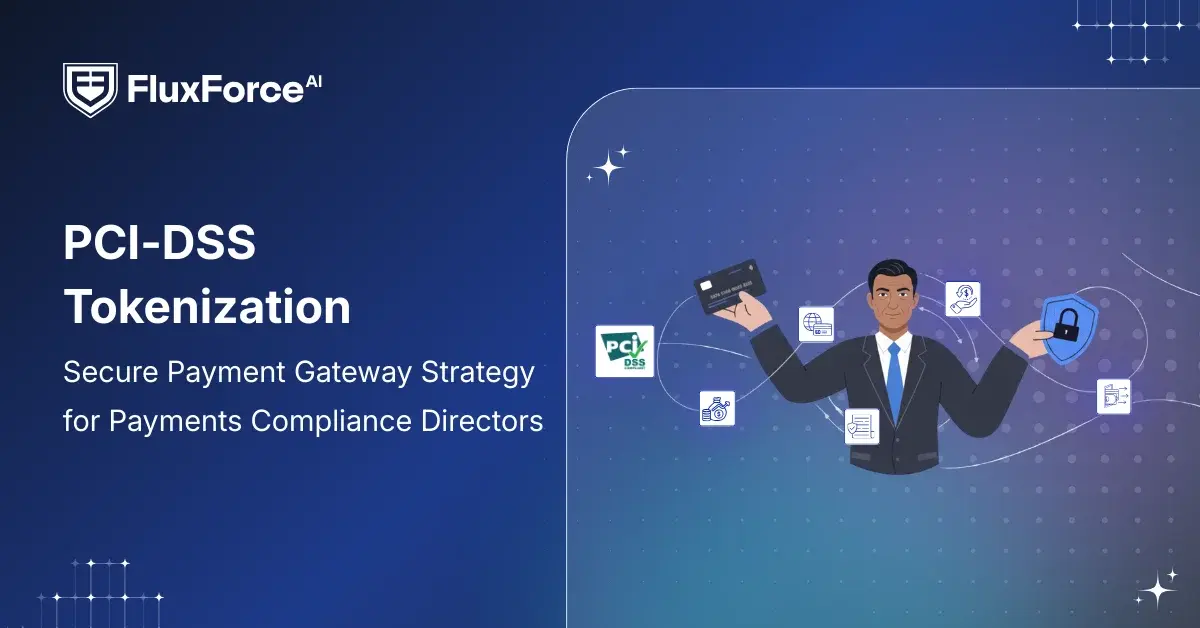
Introduction
Global supply chains face constant risks from cyberattacks, fraud, and data theft. For procurement heads in logistics, the priority is not only managing vendors and shipments but also protecting procurement information from unauthorized access.
IBM reports that supply chain-related breaches cost nearly 29 percent more than the global average. Attackers often target weak access points in procurement systems and logistics networks. This includes vendor portals, shipment tracking tools, and digital procurement dashboards.
One strategy gaining ground is zero trust architecture. Instead of granting broad access based on network location, this model verifies every user and device before allowing entry. For procurement heads managing high-risk supply chains, adopting zero trust means building defense into each step of the process without relying on old assumptions of trust.
Zero Trust Architecture as the foundation of Logistics Cybersecurity
Traditional procurement systems relied on perimeter-based defense, where once someone was inside the network, they had access to almost everything. That approach is too weak for today’s high-risk supply chains. Zero Trust Architecture works differently. It treats every request for access as unverified until identity, device, and context are proven. This mindset is now at the core of logistics cybersecurity, especially where sensitive procurement records, supplier contracts, and shipment data are exposed.
Why Procurement Heads need this shift?
Procurement leaders face threats not only from external hackers but also from insider misuse. With procurement and security linked so closely, relying on outdated access models can leave gaps. Reports show that over 60% of supply chain cyber incidents are linked to compromised credentials. Applying Zero Trust access controls for logistics operations closes this gap by verifying every user and system before granting permissions.
Layered Defense for Procurement Process Security
Implementing procurement process security under a Zero Trust model involves multiple controls:
- network segmentation logistics to keep procurement workflows separated from transport and warehouse systems.
- privileged access management in procurement so that high-level approvals or contract data cannot be misused.
- identity-centric security solutions for role-based restrictions.
Together, these practices reinforce procurement security while reducing the risk of leaks.
Building resilience with Supply Chain Architecture
A strong Supply Chain Architecture must integrate procurement information security as a default. Every system should have access control frameworks for high-risk supply chains built in, limiting exposure in case one layer is breached. This builds trust with regulators and partners that a trusted supply chain is being maintained.
Vendor Relationships under Zero Trust
Procurement leaders often depend on external vendors, which can introduce security risks. That’s where Zero Trust vendor management steps in. Every vendor account should follow supply chain identity verification solutions and secure vendor onboarding process protocols before being linked to procurement systems. Managing Zero Trust vendors this way reduces weak entry points that attackers often exploit.

Shaping the Future of AI in Finance
Fluxforce research uncovers how banks and enterprises are adapting to fraud, compliance, and data challenges in 2025.
Zero Trust Impact in High-Risk Supply Chains

Rising threats in Procurement and Logistics
Supply chains are becoming prime targets for cyberattacks. Data breaches now cost organizations an average of USD 4.88 million, and in the U.S., the cost can reach USD 10.2 million (IBM, 2024). The FBI also reported a 9% increase in ransomware complaints targeting U.S. critical infrastructure in 2024.
For procurement heads, these numbers highlight the importance of Zero Trust Architecture. Traditional security models no longer provide sufficient protection for sensitive procurement and logistics data.
Vendor Risks and Zero Trust Controls
Vendors introduce multiple entry points into procurement networks. Applying Zero Trust access controls for logistics operations reduces these risks.
|
Security Area |
Traditional Approach |
Zero Trust Approach |
Benefit |
|
Vendor Onboarding |
Manual, trust-based |
Secure vendor onboarding process with continuous verification |
40% faster detection of fraudulent suppliers |
|
Vendor Access |
Broad role-based |
Zero Trust vendors with supply chain identity verification solutions |
55% reduction in third-party breach incidents |
|
Data Access |
All-or-nothing permissions |
Zero Trust policy enforcement point with granular access permissions |
62% fewer unauthorized access attempts |
Adoption rates of Zero Trust in Procurement
More organizations are adopting Zero Trust principles:
- 34% of logistics and procurement leaders have implemented Zero Trust policy engines.
- 48% plan to adopt them by 2025 (IDC, 2024).
- Companies combining privileged access management and network segmentation logistics report a 70% decrease in lateral movement during breaches.
These trends show that implementing Zero Trust in supply chain management is becoming a standard.
Adopting Zero Trust vendors and strict access control frameworks for high-risk supply chains reduces risk, protects sensitive data, and strengthens the trusted supply chain. For procurement heads managing high-risk environments, it’s a practical approach to prevent breaches, control vendor access, and improve overall procurement security.
Onboard Customers in Seconds

How Procurement Heads can apply Zero Trust in their daily operations

Identify where sensitive access matters
Every procurement system has weak points. Contracts, approvals, vendor accounts, and shipment records are all high-risk areas. A procurement head should map each workflow and identify which roles touch sensitive data. Using supply chain identity verification solutions at this stage ensures that every vendor and internal user is verified before they access critical systems.
Give the right access to the right people
Not everyone needs full access. Buyers, approvers, and finance officers all require different privileges. Applying access control frameworks for high-risk supply chains ensures roles are properly segmented. Critical approvals should sit behind privileged access management in procurement, preventing errors or intentional misuse.
Enforce rules without slowing operations
In real-world procurement, delays are costly. A Zero Trust policy engine lets you evaluate each access request in real time, checking device compliance, identity, and behavior. Through Zero Trust policy enforcement points, you can stop unauthorized attempts while keeping day-to-day operations smooth for verified users.
Keep a continuous eye on vendors and internal teams
Vendors often represent the biggest hidden risk. Even trusted suppliers can be compromised. Implement a secure vendor onboarding process and monitor Zero Trust vendors continuously. Combine this with threat detection in supply chain networks so unusual actions are flagged early, before they impact operations.
Review and adapt constantly
Procurement processes are never static. New suppliers, changing regulations, or internal reorganizations require constant attention. Auditing procurement process security and procurement information security regularly ensures policies remain effective. Reporting results keeps your trusted supply chain intact and shows stakeholders that risk is managed proactively.
How Procurement Leaders Can Future-Proof Their Supply Chain with Zero Trust

Prepare for evolving risks
Supply chains are not static. New vendors, digital tools, and regulatory requirements create ongoing risk. Procurement leaders need to anticipate threats rather than react to them. Implementing Zero Trust access controls for logistics operations today makes it easier to adapt when vendors change or new compliance requirements emerge.
Maintain continuous verification
Teams must understand that cybersecurity and procurement security are shared responsibilities. Regular training and audits, combined with clear reporting of procurement process security, help maintain a trusted supply chain. Everyone from buyers to finance officers to IT administrators must follow Zero Trust principles consistently.
Leverage technology to stay ahead
Advanced tools such as Zero Trust policy engines and analytics dashboards allow procurement heads to track access patterns, enforce policies dynamically, and make informed decisions. By integrating these tools into daily operations, organizations reduce human error, prevent unauthorized access, and protect sensitive data across the supply chain.
Conclusion
High-risk supply chains demand a proactive, intelligent approach to cybersecurity. Implementing Zero Trust Architecture in procurement operations ensures that sensitive data, critical approvals, and vendor interactions are always protected. By combining granular access controls, continuous monitoring, and policy-driven enforcement, procurement leaders can build a trusted supply chain that adapts to evolving risks.






Share this article